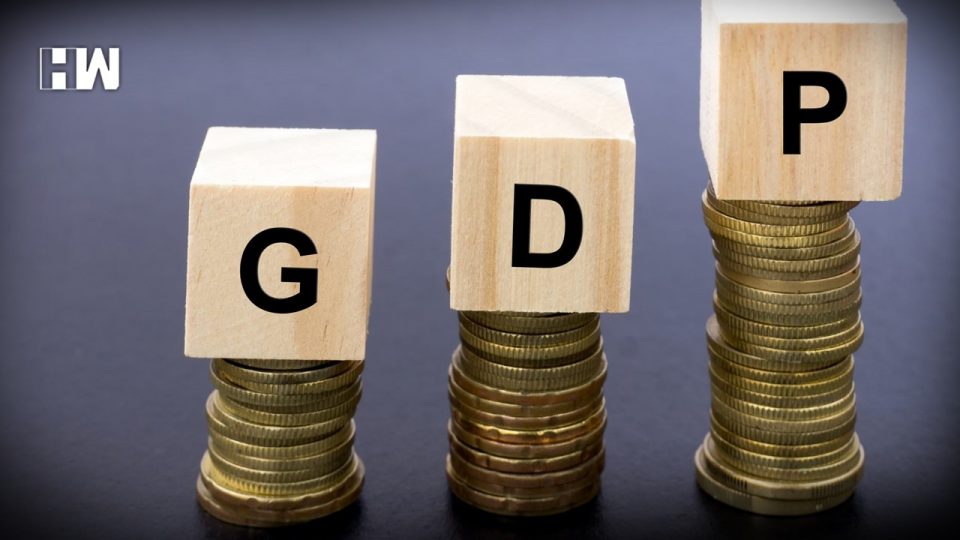“The fact is that if the government does not recognise the problem, no solution will emerge out of government policies”
India’s potent economy registered a growth of a mere 5% during the quarter ended June 2019, as against 5.8% in the March 2019 quarter and an impressive 8.1% in March last year. It is a decline in growth for the sixth consecutive quarter, as also the lowest in six years. Almost every major sector of the economy has suffered a decline in growth, whether it be manufacturing, agriculture, construction, consumer spending and services too. The worrisome growth figures are a mere 0.6% in manufacturing, 2% in rural and construction sectors, 3.1% in consumer spending, 4% in investments and below 7% for the formidable services sector.
The ongoing debate between the government economists and others, is whether this continuing dip in growth is short term/cyclical, or is of a much more serious long term nature. The reality is that this is no short term or soft patch in growth, that is turning cyclical with structural issues, as the Reserve Bank says. The RBI is known to talk in cryptic terms, but this is being evasive and not cryptic. The government experts understandably say that this is a passing cyclical slowdown, which will be resolved by the fiscal stimulus package announced by the FM. But when an economy slows down for the sixth consecutive quarter and it is across the board in all major sectors, then it is certainly wrong to call it a cyclical one. And to resolve such a continuing slowdown, one needs to initiate deep structural reforms, which the government is yet to embark upon. The Reserve Bank itself recognises the need for such structural reforms, when it says that economic growth is suffering for want of reforms in land, labour and agricultural marketing.
The primary reason for the continued slowdown in India’s economic growth is the missing investor and consumer confidence, which are inter related and which directly impact our economic growth. If the investor is confident about the safety and profitability of his investment only then he invests into new projects, that in turn gives rise to jobs and infrastructure, which increases household income and savings, which then gives a boost to consumer spending, which finally gives a favourable push to GDP growth. The government has failed to recognise the real primary problem and has been seeking to revive the economy, through a fiscal stimulus, which will fail to restore investor and consumer confidence, such as to resolve the problem of the slowdown.
The government experts, unfortunately, are still reluctant to recognise the problem and its gravity. The Chief Economic Advisor Mr. K. Subramanian attributes the slowdown to the global trade crisis triggered by USA-China, overlooking the fact that India is primarily a domestic economy, not quite dependent on global trade for its growth. And Bibek Debroy the chairman of the EAC-PM says that the gloom and doom is not justified and that incremental reforms do not happen overnight. He also says that the fiscal package announced by the FM will resolve the slowdown, ignoring the fact that merely because interest rates maybe pruned, a consumer will not borrow and spend, when he is nervous about his own income prospects.
The fact is that if the government does not recognise the problem, no solution will emerge out of government policies. And if the growth rate continues to slowdown and languish, the PM’s goal of a USD 5 trn economy by 2025, will prove to be a pipe dream. With this slowdown, India loses the tag of being the fastest growing large economy in the world to China, which recorded a growth rate of 6.2% in the same period. India’s economic slowdown crisis is deep and not superficial and the government needs to remember that band-aids do not heal deep wounds.
As an independent media platform, we do not take advertisements from governments and corporate houses. It is you, our readers, who have supported us on our journey to do honest and unbiased journalism. Please contribute, so that we can continue to do the same in future.

